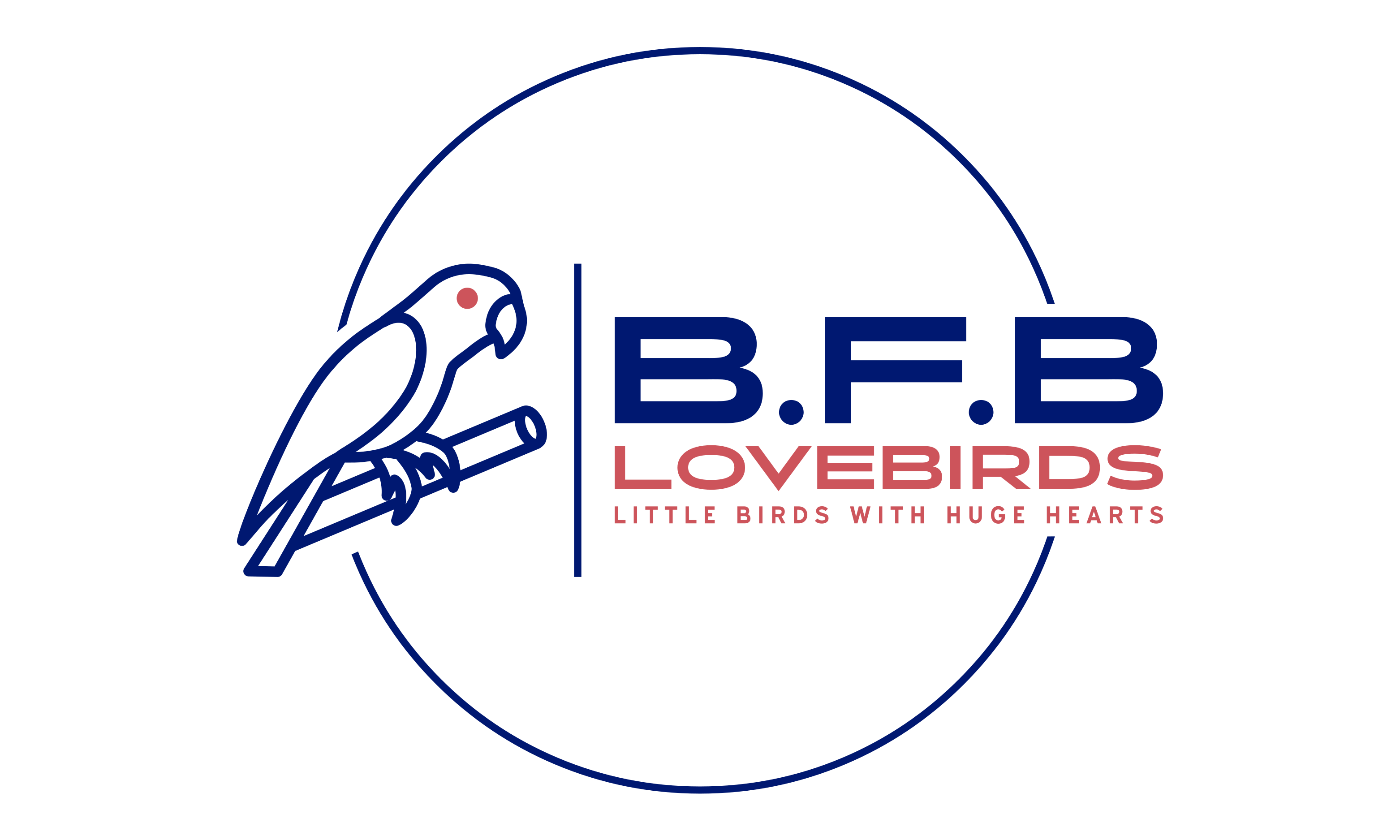
Comprehensive Nutrition Advice for Your Lovebird
Providing the right nutrition is crucial for the health and happiness of your Lovebird. These small, colourful parrots are energetic and require a well-balanced diet to maintain their vitality, feather condition, and overall wellbeing. A proper diet not only helps to prevent health issues but also promotes a longer, more active life for your pet.
In this guide, we’ll explore the key components of a healthy Lovebird diet and offer practical advice on feeding your feathered companion.
### Key Components of a Balanced Lovebird Diet
A Lovebird’s diet should be diverse and balanced, mimicking what they might eat in the wild. A mixture of pellets, fresh fruits and vegetables, seeds, and occasional treats will provide the range of nutrients they need to thrive.
#### 1. **Pellets: The Foundation of Nutrition**
Pellets should make up the core of your Lovebird’s diet, accounting for around 60-70%. They are nutritionally complete, meaning they contain the essential vitamins, minerals, and amino acids that your bird needs. Pellets are advantageous because they prevent selective eating—a common issue with seed diets, where birds pick out only the high-fat, tastier seeds and leave the rest.
Pellets come in various sizes and flavours, so try different types to see which ones your Lovebird prefers. Avoid those with artificial colours or sweeteners, and opt for brands specifically designed for small parrots like Lovebirds.
#### 2. **Fresh Fruits and Vegetables: Vital Nutrients and Variety**
Fruits and vegetables should make up around 20-25% of your Lovebird’s diet. They provide essential vitamins, minerals, antioxidants, and hydration. Aim to offer a variety of fresh produce daily to ensure your bird gets a broad range of nutrients.
Here are some safe options for Lovebirds:
– **Fruits**: Apples (remove seeds), bananas, berries, pears, oranges, mangoes, and melons.
– **Vegetables**: Carrots, spinach, broccoli, kale, bell peppers, sweet potatoes, and peas.
Make sure to wash all produce thoroughly to remove pesticides, and chop them into bite-sized pieces. Avoid feeding your Lovebird avocado, onions, garlic, rhubarb, and chocolate, as these are toxic to birds.
#### 3. **Seeds and Grains: A Treat, Not the Staple**
While seeds are often a favourite among Lovebirds, they should be offered in moderation due to their high-fat content. Seeds can account for around 10-15% of your bird’s diet, mainly as an occasional treat. Sunflower seeds, millet, and safflower seeds are popular, but they should not form the mainstay of the diet to avoid nutritional imbalances and obesity.
You can offer a seed mix as a reward during training or use it to encourage foraging behaviour by hiding seeds in toys or puzzle feeders.
#### 4. **Protein Sources: Essential for Growth and Energy**
Though Lovebirds primarily eat plant-based foods, they occasionally need additional protein. You can offer small portions of cooked eggs, legumes (like beans and lentils), or sprouted seeds, which are rich in protein. Some Lovebirds also enjoy insects like mealworms or small amounts of plain, unsweetened yogurt, though these should be given sparingly.
### Foods to Avoid
Not all foods are safe for Lovebirds. It’s essential to avoid certain foods that can be harmful or toxic to them, including:
– **Avocado**: Contains persin, which is toxic to birds.
– **Caffeine and Alcohol**: Both are harmful and can lead to serious health issues.
– **Chocolate**: Contains theobromine, which is toxic to birds.
– **Onions and Garlic**: Can cause digestive problems and anaemia in birds.
– **High-sugar or high-salt foods**: Processed or human foods containing added sugar or salt should never be fed to your Lovebird.
### Hydration: Always Provide Fresh Water
Fresh, clean water should always be available for your Lovebird. Change the water daily and clean the dish regularly to prevent bacteria build-up. Birds can be sensitive to contaminated water, so it’s important to keep their water source clean.
You can also offer them water-rich fruits like cucumber or watermelon to provide extra hydration, especially during warmer months.
### Encouraging Natural Foraging Behaviour
In the wild, Lovebirds spend a lot of time foraging for food. To replicate this behaviour and keep your pet mentally stimulated, you can introduce foraging activities into their daily routine. Use foraging toys, puzzle feeders, or hide pieces of fruits and pellets around their cage to encourage them to search for food.
This not only provides mental enrichment but also helps prevent boredom, which can lead to undesirable behaviours like feather plucking.
### Supplements: Are They Necessary?
If you’re feeding your Lovebird a balanced diet that includes pellets, fresh fruits, and vegetables, additional supplements are usually not necessary. However, in some cases, a vet might recommend calcium supplements (especially for females who are laying eggs) or additional vitamins if your bird has specific health needs.
It’s important not to over-supplement, as this can lead to health problems. Always consult with an avian vet before introducing any supplements into your Lovebird’s diet.
### Final Thoughts
Feeding your Lovebird a varied and balanced diet is the best way to ensure they live a long, healthy life. By providing them with the right combination of pellets, fresh produce, seeds, and proteins, you’ll meet all their nutritional needs while keeping them happy and energetic. Always remember to observe your bird’s eating habits and consult with an avian vet if you have any concerns about their diet or health.
By prioritising good nutrition, you’re giving your Lovebird the best possible foundation for a vibrant and fulfilling life!






